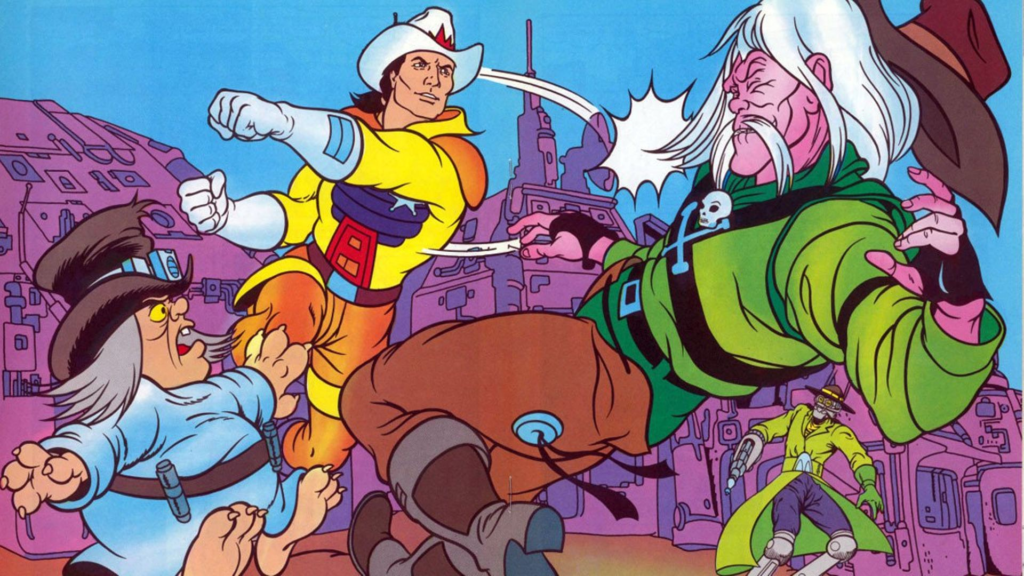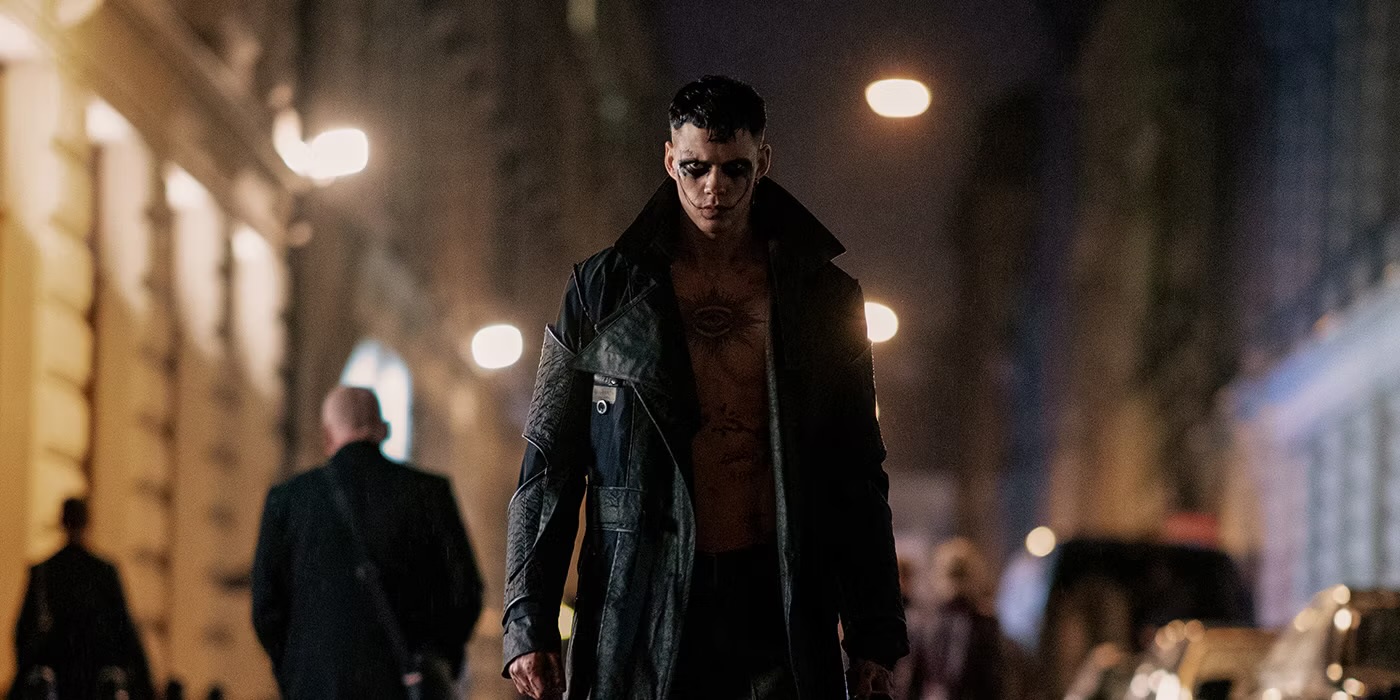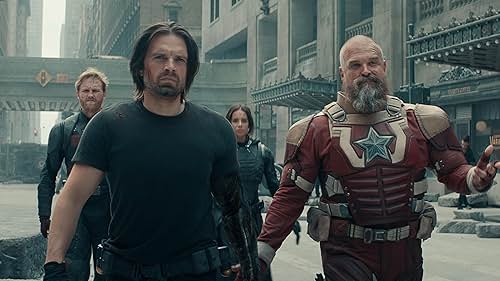The 1980s were a golden age for animated television, with classics like He-Man,Transformers, and G.I. Joe capturing the hearts of children around the world. However, among these iconic series, there’s one gem that often goes overlooked: Bravestarr. This lesser-known show, produced by Filmation and first aired in 1987, stands as an underrated masterpiece of 80s animation.
The Setting: A Space Western with a Twist
Bravestarr is a unique blend of two seemingly disparate genres: the space opera and the western. Set on the distant desert planet of New Texas, the show takes place in a world where futuristic technology coexists with the rugged spirit of the Old West. This fusion of sci-fi and western elements gives Bravestarr a distinctive and visually captivating backdrop.
The planet of New Texas is rich in Kerium, a powerful mineral sought after by various parties, including the villainous Tex Hex and his gang of outlaws. The constant struggle for control of Kerium leads to conflicts that only one man can resolve: Bravestarr, the galaxy’s bravest marshal. The show’s setting provides a fresh and exciting canvas for storytelling, allowing it to stand out from other 80s cartoons.

Diverse and Memorable Characters
Bravestarr boasts a colorful cast of characters, each with their own unique personalities and abilities. Leading the charge is the titular character, Marshal Bravestarr, a Native American lawman with superhuman powers. His abilities, which include strength, speed, and enhanced senses, are drawn from his connection to animal spirits. This multicultural representation of the lead character was groundbreaking for its time and added depth to the show.
Bravestarr is supported by memorable characters like Thirty/Thirty, a cybernetic horse-turned-deputy; Judge JB McBride, the planet’s wise and compassionate judge; and Deputy Fuzz, a small, furry sidekick who provides comic relief. The ensemble cast’s diversity and strong character development set Bravestarr apart from its contemporaries.

Relevant and Meaningful Themes
While Bravestarr was primarily a children’s cartoon, it wasn’t afraid to tackle complex and relevant themes. The show explored topics like environmentalism, addiction, bullying, and the importance of community. In one episode, Bravestarr encounters a group of people addicted to “Spin,” a drug-like substance, addressing the issue of substance abuse in a way that was both engaging and educational for young viewers.
The series emphasized the values of friendship, respect for nature, and the importance of making the right choices, imparting valuable life lessons to its audience. These themes made Bravestarr not just an entertaining show, but one with substance and educational value.

Positive Representation of Native American Culture
One of the standout aspects of Bravestarr is its respectful and positive portrayal of Native American culture. Marshal Bravestarr, the show’s protagonist, is a member of the fictional “Kiowa” tribe. His connection with the spirits of animals, which grant him superhuman abilities, is a nod to traditional Native American beliefs.
Bravestarr’s Native American heritage is not treated as a mere gimmick but is woven into the fabric of his character. The series promoted understanding, appreciation, and respect for Native American culture at a time when such representation was sorely lacking in the world of animation.

Lasting Impact on the Medium
While Bravestarr may not have reached the same level of recognition as other 80s cartoons, its influence is still palpable. The show’s commitment to tackling real-world issues and its respectful portrayal of Native American culture set a precedent for animated series that followed.
In recent years, there has been a resurgence of interest in Bravestarr among fans and scholars of animation. It serves as a testament to the show’s enduring appeal and the significance of its themes and characters in the world of pop culture.

Bravestarr is a hidden gem of 80s animation that deserves a second look and recognition as an underrated classic. Its unique fusion of genres, diverse characters, meaningful themes, and respectful portrayal of Native American culture set it apart from other cartoons of its era. Bravestarr entertained and educated a generation of viewers and continues to be a source of nostalgia for those who were fortunate enough to experience its charm.
In an era dominated by iconic animated series, Bravestarr stood its ground as a show that dared to be different and make a positive impact on its audience. Its enduring legacy serves as a reminder of the power of animated storytelling to shape young minds and leave a lasting imprint on the world of entertainment. So, if you’re a fan of 80s animation or looking for a hidden treasure from the past, give Bravestarr a chance—it might just become your new favorite classic.




